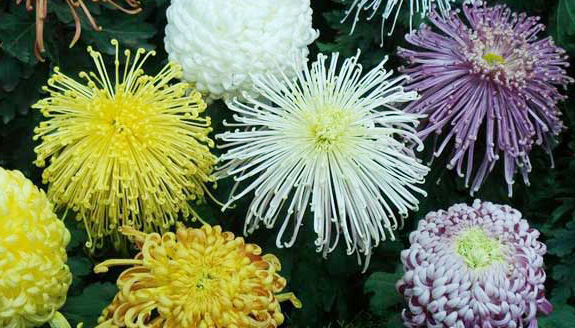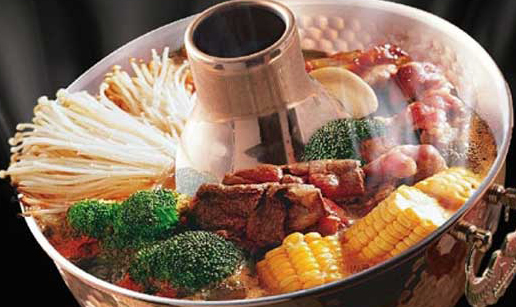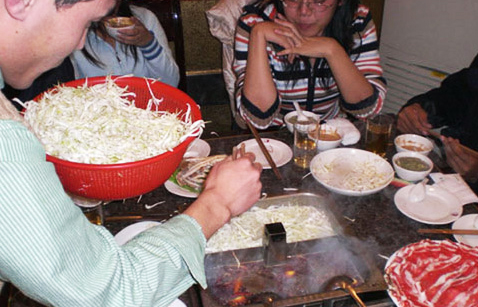In Pinggu District, enjoying chrysanthemum as a foodstuff has become a folk custom, whether eaten fresh, dried, boiled, steamed, or stir-fried.

Cultivated for over three thousand years, the chrysanthemum is one of the most popular flowers in China. Likened to a gentleman among other flowers, the chrysanthemum is also symbolic of a long and fortunate life. But the flower has adopted a new function today, in Beijing's northeastern Pinggu District; it may be picked and cooked, perhaps even added to a delicious hotpot.
Chrysanthemum has been used as a traditional ingredient in Chinese medicine since ancient times, and it is good for the liver and eyes. In Pinggu District, enjoying chrysanthemum as a foodstuff has become a folk custom, whether eaten fresh, dried, boiled, steamed, or stir-fried.

Since 2009, Daxing Township of Pinggu District has launched a series of chrysanthemum-related activities, ranging from picking the flower and enjoying its tea, to taking part in a chrysanthemum feast and living in local cottages. In the botanical garden of Xi Bodian village in the district, tourists can also make dishes with chrysanthemum such as dumplings with the flower stuffed in.

Chrysanthemum Hotpot
Chrysanthemum hotpot was prevalent in the late Qing dynasty, and gained its reputation in Kaifeng, located in central China's Henan Province. The main materials in the pot are fresh fish boiled with chicken soup, and white chrysanthemum buds that have been ripped into strips. It is no wonder that the soup tastes especially fresh and delicious, in addition to its high nutritional content.
Address: Xi Bodian Village, Daxing Township, Pinggu District. (near Daxing Township government) The 53rd greenhouse grows edible chrysanthemums.
Tips: Apart from seeing the flowers, visitors can learn how to make dishes with chrysanthemum and discover the medical uses of this multi-purpose plant. It costs 30 Yuan for 500 grams of the flower.
